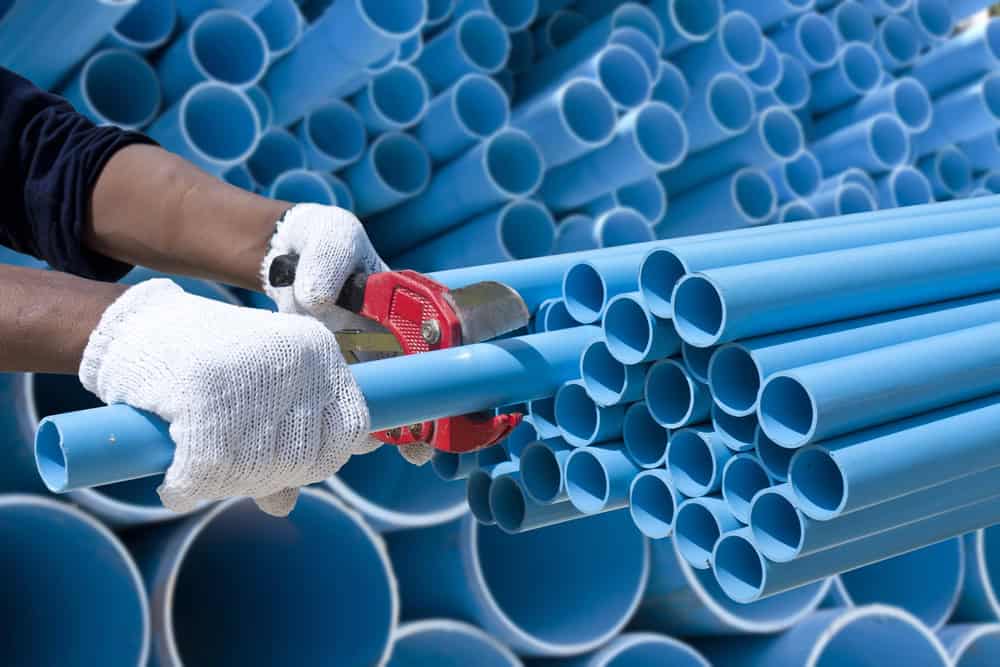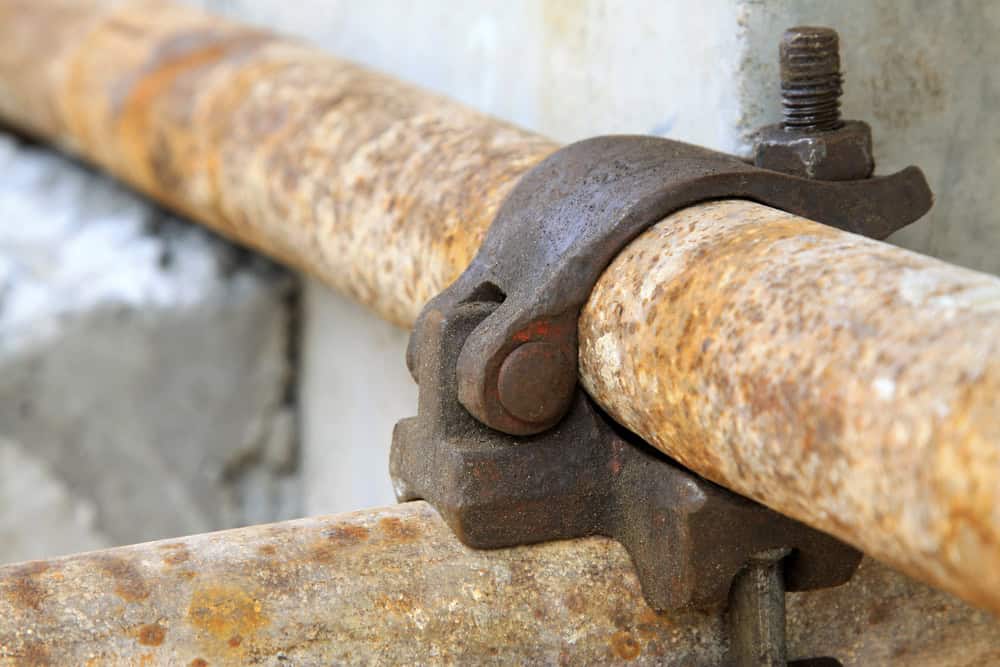When it comes to home maintenance, pipes often take a backseat. Yet, protecting your plumbing is vital to avoid costly repairs and ensure smooth operations.
To tackle corrosion and damage, it’s essential to understand the various factors influencing your pipes and take proactive measures.
Understanding Pipe Corrosion
Corrosion occurs when metal pipes react with water and other substances over time. Factors like water quality, temperature, and the presence of oxygen can accelerate this process.
For instance, water with high acidity can lead to quicker deterioration of metal materials. Over time, small pinholes and leaks can form, which might go unnoticed until they result in significant damage.
Common Types of Corrosive Agents
Chlorine: Often added to municipal water supplies for disinfection, chlorine can be harsh on metal pipes, accelerating corrosion.
Oxygen: The presence of oxygen in water can lead to oxidation, especially in iron and steel pipes.
Acids: Low pH water can eat away at metal, leading to significant structural issues.
Understanding these agents will help you identify potential risks before they evolve into more significant problems.
Regular Inspections
Routine inspections should be a priority. Scheduling periodic checks can help you spot early signs of corrosion or wear. Look for rust spots, discoloration, or damp areas around your pipes.
It might be worth your while to hire a professional for a comprehensive evaluation every few years. If you want to ensure quick attention to any plumbing concerns, a company that offers fast response for plumbing issues is an excellent choice.
What to Look For
Visible Rust: Any signs of rust on metal pipes are a clear indicator of corrosion.
Leaking: Damp patches or water stains can signal leaks in hidden areas.
Water Quality: Changes in water taste or smell might indicate pipe degradation.
Regular inspections can save you from unexpected plumbing disasters.
Managing Water Quality
One of the simplest ways to protect your pipes is by ensuring good water quality. You can achieve this by testing your water and treating it as necessary. If your water is acidic or contains high levels of chlorine, consider installing a water softening or filtration system.
Water Treatment Solutions
Water Softeners: These can help neutralize acidity and prevent limescale buildup.
Filters: Installing a filtration system can reduce harmful chemicals and contaminants, helping to maintain pipe integrity.
Addressing water quality not only protects your plumbing but also enhances overall health and safety.
Insulating Your Pipes
Insulating your pipes can be an effective method to prevent corrosion caused by temperature fluctuations. When pipes are exposed to cold air, they can freeze and expand, leading to cracks and leaks. Insulation helps maintain a consistent temperature, providing a protective barrier.
Types of Insulation Materials
Foam Insulation: This is a versatile option, suitable for various pipe sizes and materials.
Heating Tape: This can be applied to particularly vulnerable pipes, providing additional heat during frigid temperatures.
Taking these measures can significantly reduce the risk of damage during harsh weather conditions.
Choosing the Right Pipe Materials

Selecting the right materials during installation can make a world of difference. While copper and galvanized steel have been traditional choices, alternatives like PVC and PEX offer enhanced resistance to corrosion.
Benefits of Modern Materials
PVC: Lightweight, cost-effective, and corrosion-resistant, making it an excellent choice for many applications.
PEX: Flexible and resistant to scale and chlorine, ideal for repiping projects.
Investing in the right materials upfront can save you headaches in the long run.
Proper Drainage and Ventilation
Proper drainage and ventilation systems are essential to safeguard pipes from moisture buildup. Stagnant water can lead to rust and corrosion, while poor ventilation can trap humidity and create ideal conditions for mold growth and pipe deterioration.
Effective Drainage Solutions
Sump Pumps: These can help remove excess water from basements or crawl spaces.
Gutters and Downspouts: Ensure these are clear and functioning to direct water away from your home’s foundation.
Keeping your home dry and well-ventilated is crucial in minimizing risks of pipe damage.
Addressing Leaks Promptly
If you notice any leaks, tackle them head-on without delay. A minor drip can quickly evolve into a significant problem if neglected. Regular maintenance and timely repairs can prevent the escalation of damage, ensuring your plumbing remains in good condition.
Steps to Take When You Find a Leak
Shut Off the Water: Immediately turn off the main water supply to prevent further damage.
Assess the Situation: Determine whether it’s a small fix or if you need professional help.
Repair or Replace: Depending on the extent of the damage, either seal the leak or replace the affected section.
Being proactive about repairs can save you both time and money.
Corrosion Inhibitors
Using corrosion inhibitors can extend the life of your pipes by slowing down the corrosion process. These chemicals are often added to water systems in industrial settings but can also be beneficial for residential use.
Popular Inhibitors
Sodium Nitrite: Often used in closed-loop systems, it creates a protective film on metal surfaces.
Phosphates: These can help control corrosion in water treatment systems.
Consult with a water treatment professional to find the right solution for your home.
Managing Temperature Extremes
Rapid temperature changes can cause pipes to expand and contract, leading to stress and eventual failure. Maintaining a stable indoor temperature, especially during colder months, is essential for pipe integrity.
Strategies for Temperature Control
Thermostats: Use programmable thermostats to maintain a consistent temperature during extreme weather.
Pipe Heating: In especially cold regions, consider installing heat cables for critical sections of your plumbing.
Keeping an eye on temperature can help prolong the lifespan of your plumbing.
Keeping an Eye on Humidity Levels
High humidity can contribute to pipe corrosion. Moisture in the air can settle on pipes, especially in basements and crawl spaces, leading to rust and decay over time.
Humidity Control Methods
Dehumidifiers: Use these in damp areas to reduce moisture levels.
Ventilation Fans: Install fans in areas prone to humidity buildup, such as bathrooms and kitchens.
Maintaining a balanced humidity level is key to protecting your pipes and home.
Routine Maintenance Practices
Establishing a routine maintenance schedule can keep your plumbing in top shape. Simple tasks like cleaning gutters, checking for leaks, and monitoring water quality can go a long way.
Checklist for Effective Maintenance
Monthly Checks: Inspect visible pipes and areas for signs of wear.
Seasonal Preparation: Prepare your plumbing for seasonal changes with specific maintenance tasks.
Staying on top of these practices can mitigate many issues before they escalate.
By following these strategies, you can safeguard your pipes from corrosion and damage, ensuring a reliable plumbing system for years to come. Aim for proactive maintenance, invest in quality materials, and monitor your home’s environment regularly. Being vigilant now can save you from larger headaches down the line.

